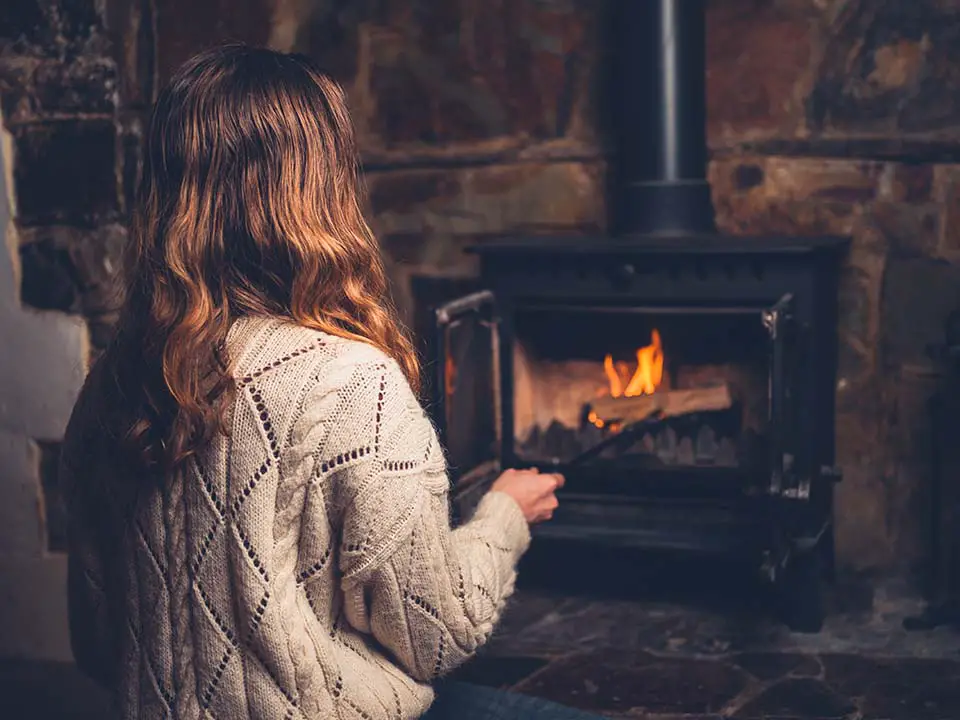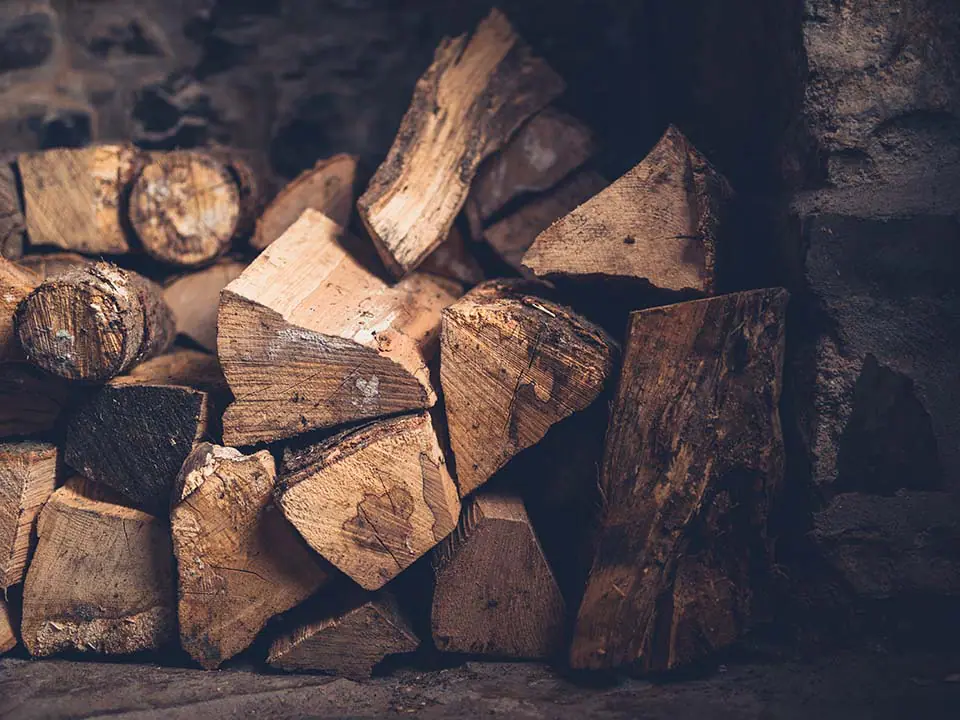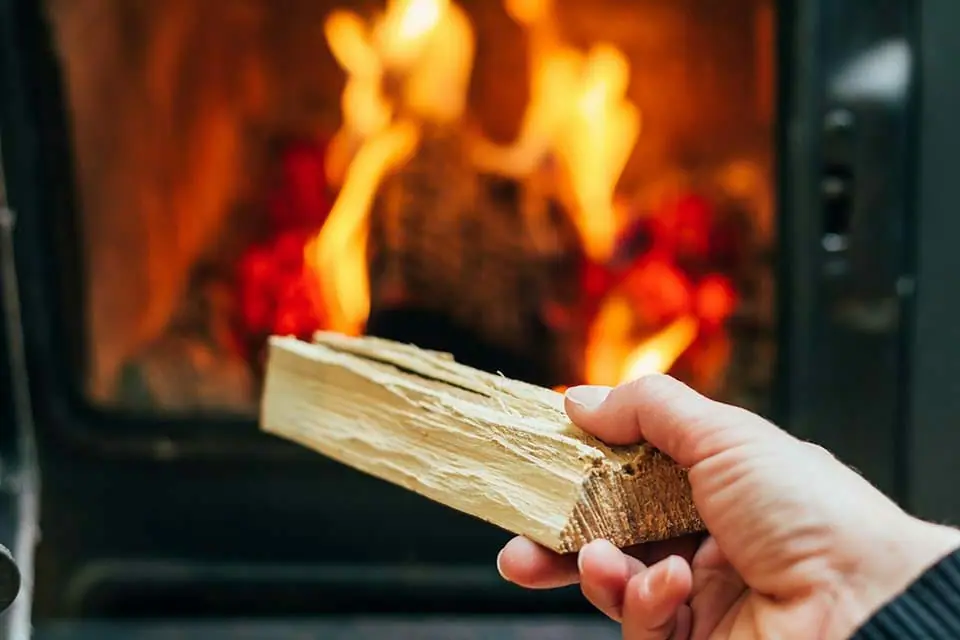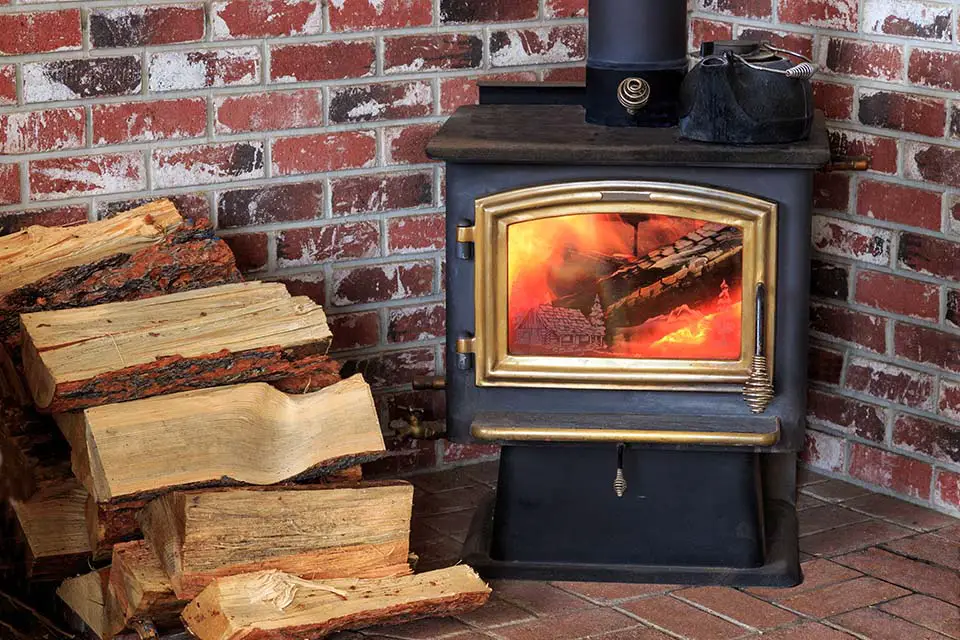While the size of your fireplace log will ultimately depend on the size of your fireplace, there are a few general guidelines that you can follow. For example, most experts recommend using logs that are between four and six inches in diameter.
If your fireplace is particularly small, you may need to use smaller logs, but be sure not to use logs that are too small. Not only will they be more difficult to light, but they also may not provide enough heat.
Once you’ve determined the appropriate log size for your fireplace, it’s time to choose the right type of wood. While there are many different types of wood that can be used for firewood, some are better suited for fireplaces than others.
For example, hardwoods like oak and maple burn slowly and produce high levels of heat, making them ideal for fireplaces. Softer woods like pine and cedar burn more quickly and produce less heat, which makes them better suited for outdoor fires.
Regardless of the type of wood you choose, be sure to split the logs into manageable pieces before adding them to your fireplace. This will help them to burn more evenly and produce more heat.
Contents
Gas And Wood Fireplace Logs Size

There are a variety of gas fireplace log sizes available on the market, so it is important to choose the right size for your needs. The most common size is the full-size log, which is typically between 18 and 24 inches long.
If you have a small fireplace or prefer a more compact look, mini logs are also available. These logs are typically between 12 and 14 inches long. In addition, there are also vented and unvented logs.
Vented logs are designed for use in fireplaces that vent to the outside, while unvented logs can be used in any type of fireplace. When choosing gas fireplace logs, it is important to consider the size of your fireplace and your personal preferences.
With a variety of sizes and types available, you can find the perfect logs for your home.
Different sized logs offer different benefits

When choosing logs for your fireplace, you may be tempted to go for the biggest pieces you can find. However, there are a few things to keep in mind before you load up your fireplace with oversized logs.
Different sized logs offer different benefits, and it’s important to choose the right size for your needs. For example, smaller logs will burn more slowly and evenly, giving you a longer-lasting fire. If you’re looking for a quick burst of heat, however, larger logs are the way to go. In addition, it’s important to consider the type of wood you’re using.
Hardwoods like oak and maple burn hot and long, while softwoods like pine and cedar ignite quickly and produce more sparks. Ultimately, the best log for your fireplace depends on your preferences and needs.
Log Sizing Factors
Dimensions of Fireplace

When shopping for gas logs, it’s important to know the following fireplace dimensions: front opening width, rear wall width, front opening height, and depth (from front opening to rear wall).
Some customers want as much as 6 inches of clearance on either side of the gas log burner system’s equipment and the fireplace sidewalls, but 2 inches is the absolute minimum that should be left.
You shouldn’t buy a gas log set that’s wider than the back wall of your fireplace. Any gas logs will require a fireplace depth of at least 12 to 14 inches.
The Control System
For the sake of the burner system’s fuel control equipment, remember to select gas log sizes accordingly. Next, we’ll get into the specifics of each fuel control system, but for now, know that there are three primary options when picking gas logs: manual safety pilot valves, manual on/off gas valves, and millivolt or remote-ready pilot valves.
Aesthetical considerations

If you get a gas log set that’s too big for your fireplace, it’ll distort the flame and make the fuel control system less effective.
Inadequately sized gas log sets can detract from the aesthetic appeal of a fireplace. If you choose a gas log set that is too big or too tiny, it may prevent your fireplace from drawing properly.
Conclusion
The size of the logs you use in your fireplace can have a big impact on both the performance of your fireplace and the safety of your home. If the logs are too small, they may not provide enough fuel to keep the fire going, and if they’re too big, they may cause the fire to burn too hot, potentially damaging your fireplace or creating a safety hazard.
The best log size for your fireplace will depend on the type of fireplace you have, as well as the type of wood you’re using. If you’re not sure what size is best for your fireplace, it’s always best to err on the side of smaller logs.
You can always add more if needed, but it’s much harder to take them away once they’re in the fire.
